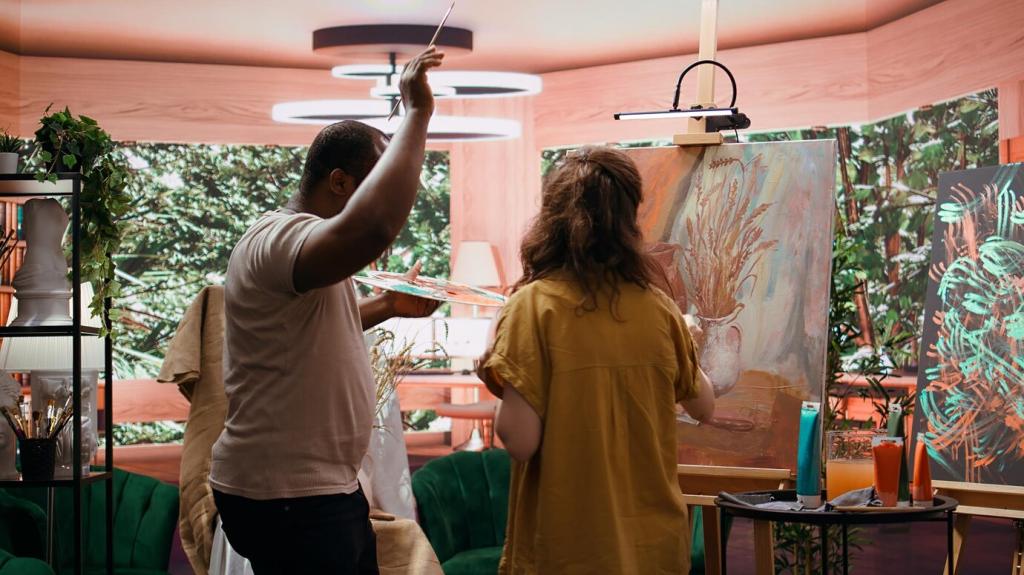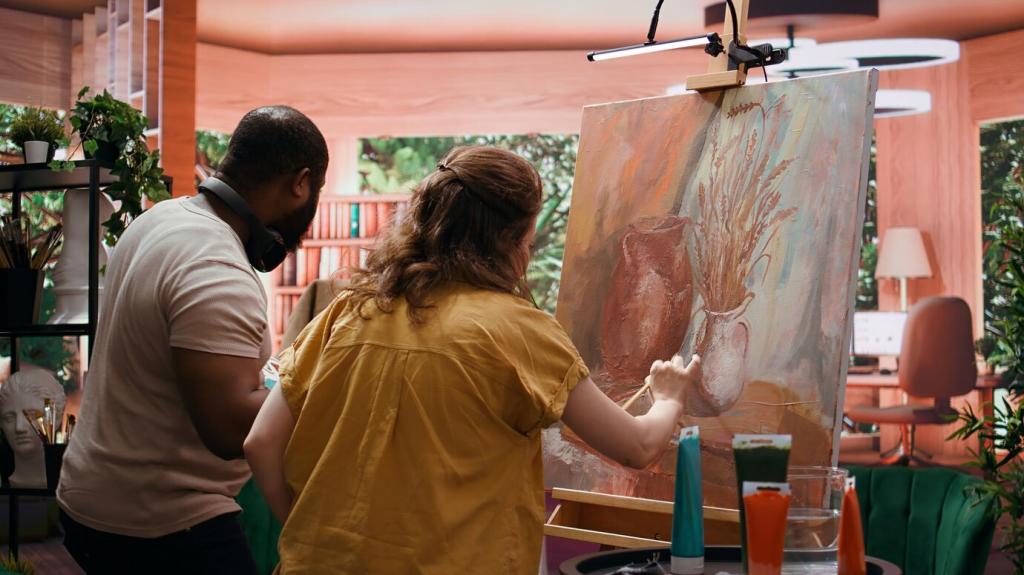Writing That Elevates Visual Work
Write in three moves: context, tension, transformation. Avoid jargon. Replace abstractions with sensory detail and verbs. Share one sentence from your statement in the comments for gentle, constructive community feedback.
Writing That Elevates Visual Work
Lead with purpose, offer two clear options, attach one concise visual, and end with a specific deadline. Short, skimmable emails reduce friction and demonstrate the respect essential for creative collaboration.







